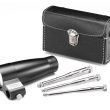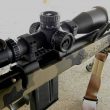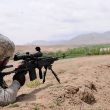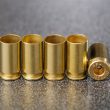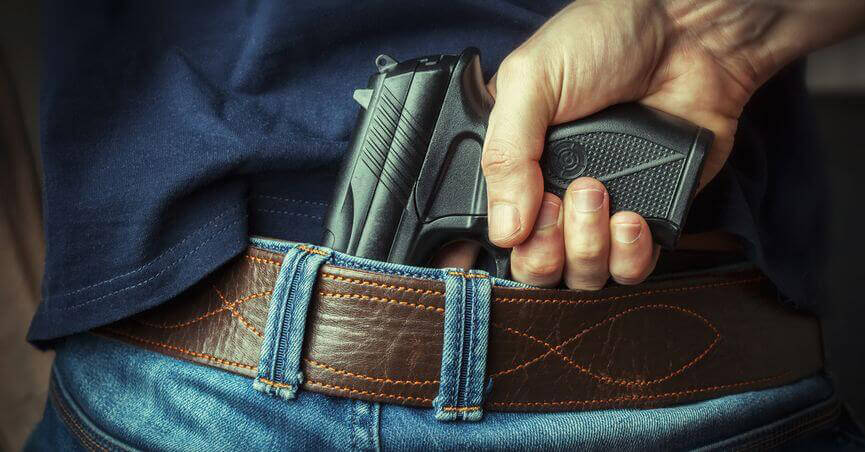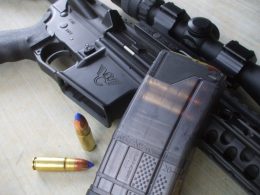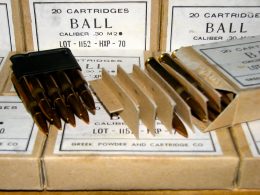This article summarizes techniques used by snipers to survive in the harshest of conditions, whether you’re in the arctic, a jungle, or in the desert. It focuses on a fusion of hard skills such as food gathering, dealing with exposure and dehydration, as well as soft skills that incorporate attitude, emotional stability, and a stoic acceptance of hardship and the will to survive.
Attitude and Resolve
The most important aspect of survival is mental attitude and resolve. If you don’t have that in times of adversity, all other skills become redundant. You can easily become depressed, scared, and lose your grip. Being alone and exhausted with the possibility that you’re being hunted without knowing if anyone is coming to rescue, can send you in a downward spiral. But through proper training and maintaining focus and composure you can survive anything.
While you may initially feel hungry, food is actually the last thing to worry about. In moderate climates, humans can survive without food for up to 30 days, but you can die from dehydration a lot quicker. The fundamentals for survival (in this order) is Rescue, Shelter, Water, and then Food.
When you find yourself in a precarious situation, the first thing to do is take stock of equipment and supplies, and improvise with whatever else is around. For example, if you have a vehicle, seat cushions can be used for insulation, and thread can be unraveled to create a fishing net or used as sutures in the case of injury.
This is where attitude and resolve comes into play. Don’t panic, be resourceful, and make safe decisions. You want to preserve calories, fluids, and minimize exposure so staying put is the first practical option than wandering off in the middle of nowhere and putting yourself at risk. However, if the enemy is after you, you will need to find a safe location until you’re rescued.
The book, White Dawn, comes highly recommended as a fictional story of real survival containing accurate details of survival techniques that will prove to be invaluable.
Rescue
As a sniper you should know the distress signals. Setup large indictors (in threes) out in the open, or build the letters SOS. Smoke will also be visible from the air, but ensure you don’t deplete essential supplies. Take note of the weather conditions before building a fire that could render useless. If you have mirrors or glass, remember these can be used to signal rescue services.
Shelter
When you’re exposed to the elements, you can die within a few hours. If you cannot retain body heat, you develop hypothermia because the body is losing heat faster than it can produce it. Assess the area for the safest position from which to take cover (both from the weather, wind, and potential enemies). Look for snowbanks, small caves, and any place that will offer dry warmth. Lining the floor will help with insulation, but if you’re in a jungle environment, elevating yourself off the floor will offer protection against biting insects.
Insulate your shelter and body as well as you can. Layer any clothing with the thinnest material closest to your skin and work your way out from there. Additional clothing can be stripped and used as wrapping for socks. If you’re lucky enough to have a sleeping bag, lie in it naked to trap the heat between your skin and the bag.
Keep the area in and around your shelter clean of any litter. It can attract unwanted wildlife while also giving off a scent to potential enemies. Remember you are not on a camping holiday and should always be packed and ready to leave at a moment’s notice.
Water
If you have access to snow or ice, you’ll have a good water supply, however, never eat snow as it lowers your body temperature. Melt the ice/snow over a fire first so it’s warm to drink. If there is alcohol, refrain from consuming it because it thins the blood and increases urine production. If it’s a strong alcohol, keep it as a disinfectant or as a fire starter.
When in a desert, water is your lifesaver. Look for water sources such as succulents and reptiles but avoid poisonous glands in snakes that are situated behind the head in the neck. Find a surface or container to collect dew at night or rainfall water if it occurs. If you’re in a jungle, don’t assume river and stream water is safe. You will need to boil water from these sources before drinking.
Before going on any mission, research the area so you’re familiar with the landscape, fauna, and flora that you may need to depend on if you find yourself in an emergency situation.
Food
If you’re stranded in a jungle, your chances of survival are higher than in any other environment. You’ll most likely have an abundance of fruit and vegetation you can use to make a sharpened spear for fishing.
Be sensible about what you choose to eat. It may look edible, but it can be poisonous. Avoid berries unless you are absolutely sure it’s safe. Depending on the area, you can look for game such as elk, squirrel, rabbit, and even birds to catch. Never eat raw meat. As with water, it needs to be exposed to heat to kill off any bacteria that could make you sick.
Basic Skills
It’s of utmost importance to learn basic survival skills such as making a fire without the home comforts of a lighter and charcoal, and being able to administer basic medical aid. Always carrying a pocketknife – it is a life-saving tool.
There are multiple ways to start a fire and several techniques to sustain heat. It is imperative to learn as much as you can about making fires when you have limited resources. Things like making temple fires, using slow matches from plants, finding different types of kindling and which wood to use, and how to start a fire from a makeshift flint or animal droppings could one day end up being your salvation.

